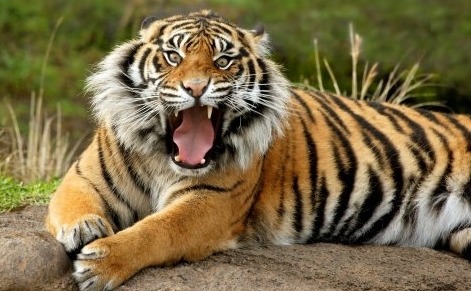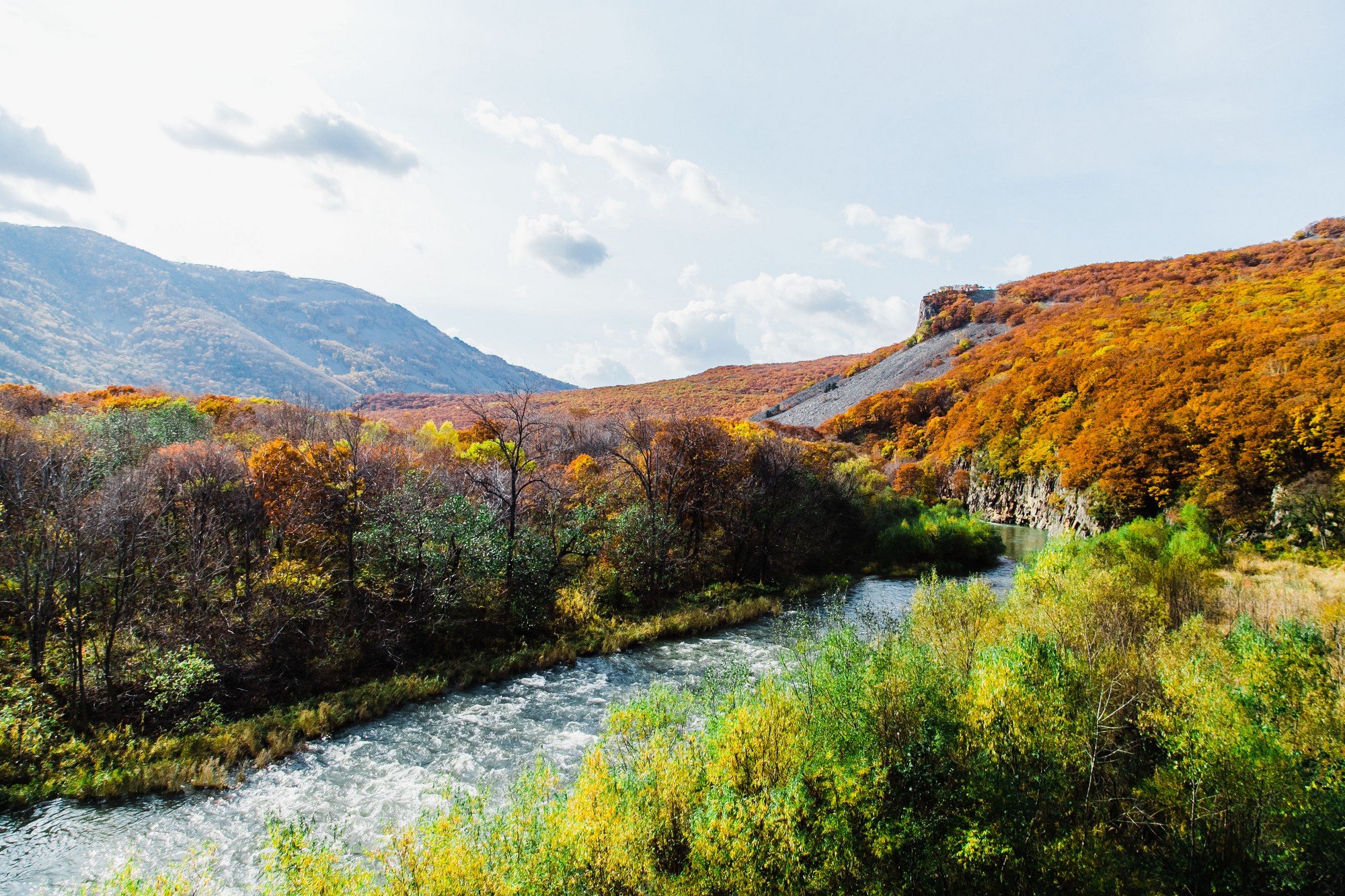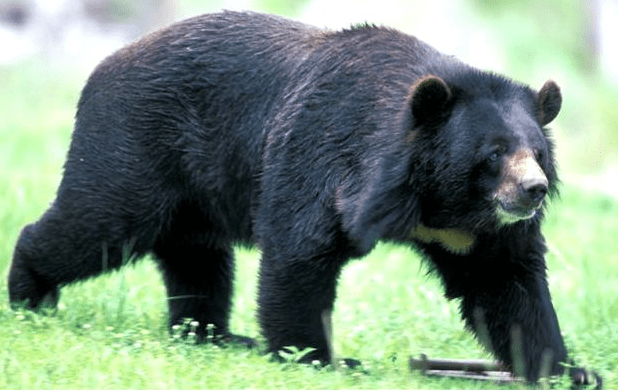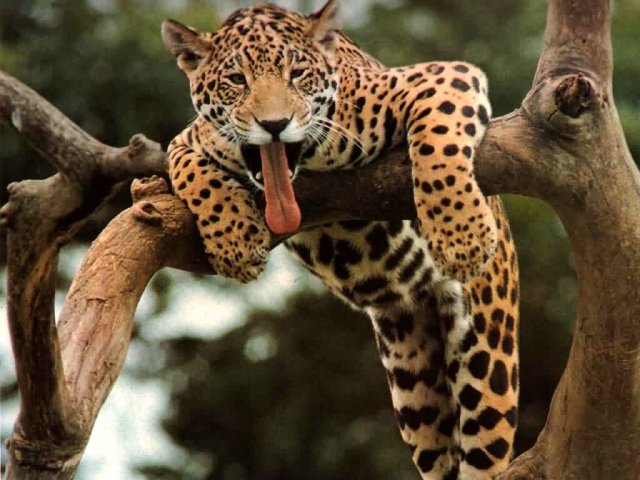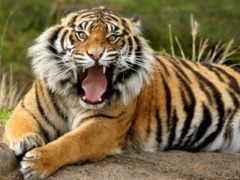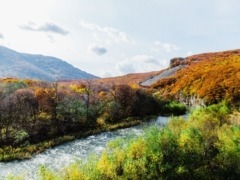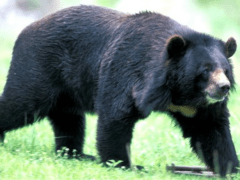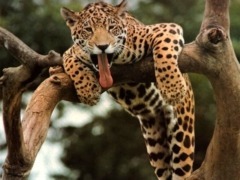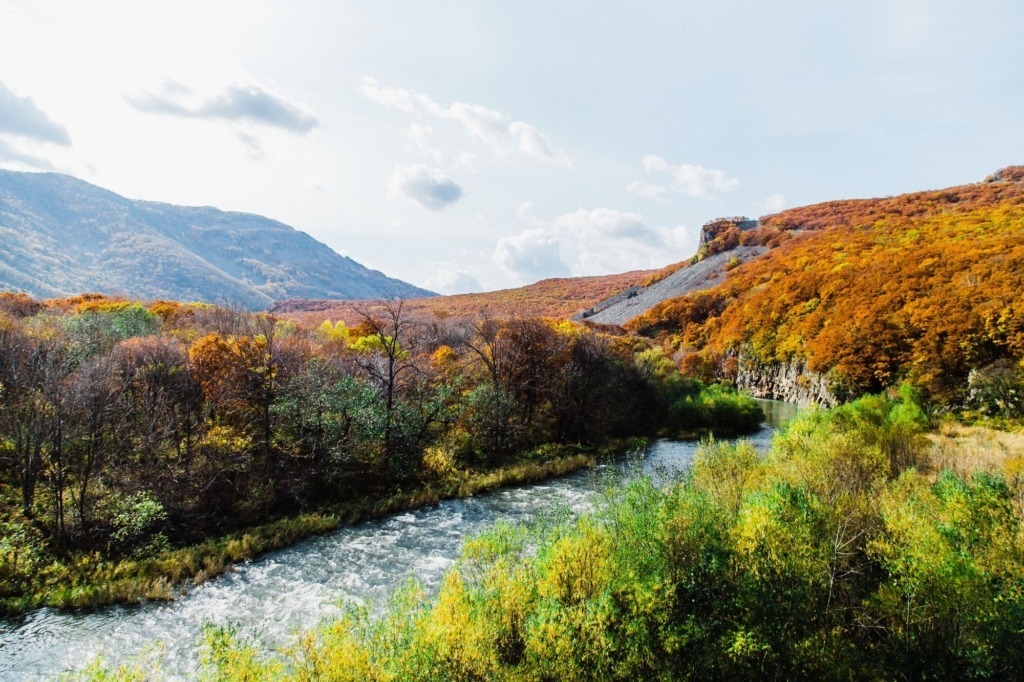бесплатно
Страна:
Регион:
Другие названия:
Значение:
Время визита:
Цена:
бесплатно
Почему Топ:
Заповедник с кедрово-широколиственными лесами, место обитания амурского тигра.
Описание:
The main wealth of the Ussuri Nature Reserve is a fairly large array of virgin liana coniferous-broad-leaved forests, which are almost nonexistent either in the Russian Far East or in neighboring countries.
The reserve is named after Academician Vladimir Leontievich Komarov, the largest Russian botanist and researcher of the flora of East Asia. He was the first to describe this territory, visiting it in 1913.
The reserve was created back in 1932, since then its area has increased significantly, which now amounts to 40.4 thousand hectares.
The relief of the territory where the reserve is located is low-mountain, formed by the southern spurs of the Sikhote-Alin (Przhevalsky Mountains). The average height of the mountains is 300–400 meters above sea level, some peaks reach 650–700 meters. The sources of mountain rivers in canyon-like narrow valleys are unique and beautiful. Here there are small waterfalls and water boilers in the rocky ground, filled with clear cold water. The climate in general can be described as warm and humid in summer with moderately harsh winters with little snow. The coldest month is January (average temperature ‑17.9ºС), the warmest is August (+19.7ºС). The absolute minimum on the soil is ‑32ºС, maximum +60ºС.
The flora of the reserve is composed almost entirely of forest species. These are mainly cedar-broad-leaved forests. They are distinguished by high species diversity and in terms of this indicator have no analogues either in Russia or within the borders of the former USSR. There are often areas of cedar forests where up to 50–60 species of trees, shrubs and vines grow alone. The species richness of the grass cover is even greater; it contains many rare plants, including ginseng. In addition to ginseng, the Red Book species include hard juniper, mountain peony, Chinese prinsepia and other species. The fauna of the reserve is typical of coniferous-deciduous and broad-leaved forests. Wild boar, wapiti, musk deer, white-breasted bear, and weasel live here. Common birds include warblers, blue nightingales, nuthatch, and hazel grouse. The largest beetle of Russian fauna — the relict longhorned beetle — lives here, large tropical butterflies — Saturnia Artemis, Brahmea Tancra, Maak’s tail-bearer. Interestingly, several attempts to “diversify” the species composition of the fauna did not bring the expected results. Thus, the release of Barguzin sables in the 60s to accelerate the restoration of the range was not effective. The introduction of sika deer also did not bring results.
In the Ussuri Nature Reserve there is a rehabilitation center for raising orphaned bear cubs.
Категории:
Темы:
Зачем посещать:
Интерес:
Физподготовка:
Лучшее время:
Доступ:
Roads:
Clothing:
for the season
Connection:
No

